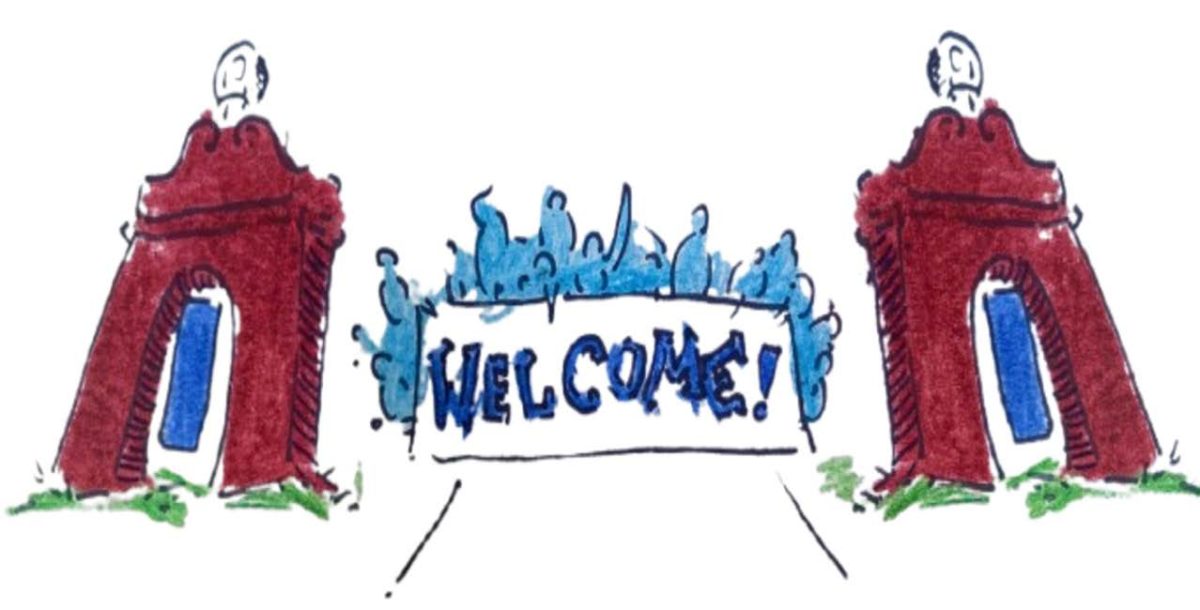“We would like to begin by acknowledging that the land on which we gather is the occupied territory of….”
Recently, many insitutions have adopted variations of this statement as a way of acknowledging the true origins of the stolen land on which they operate. The movement for educational institutions to adopt the practice of Indigenous land acknowledgement began in 2018. This movement further influenced the broader adaptation of acknowledgements in the United States, with many institutions reciting these statements at the start of events.
Indigenous land acknowledgments are designed to recognize the history of and demonstrate respect for Native people. While the intentions of the practice may be positive, land acknowledgments can be artificial and spread generalizations and distortions of American Indian history.
These general statements can often be a form of virtue signaling. Merely saying that North America is built on stolen land is easy. With a simple announcement at the beginning of a graduation or a wedding ceremony, attendees can get a sense of moral superiority without the need to think about the real implications of the message. A 30-second statement alleviates moral guilt even though the people attending have taken no concrete action to make genuine reparations. Instead, the visitors can proceed with their day without any perspective on the history of the forced exile of native peoples or the importance and the possibility of making an influence.
Additionally, many of these statements misrepresent history in their attempts to indicate respect. A sample acknowledgment statement published by Brown University reads, “We thank them [Indigenous people] for their hospitality.”
The use of the word “hospitality” diminishes the violence experienced by the tribes by creating an image of willing cooperation that distorts history.
When statements avoid the specifics of history and fail to include appropriate research on the particular tribe that resided on the territories in question, speakers generalize the experiences of American Indian peoples. These generalizations, fusing the different traumatic experiences of different tribes and often oversimplifying them, can harm the broader understanding of Indigenous people’s history.
When done effectively, however, Indigenous people’s land acknowledgments can make a positive difference, facilitating action and showing genuine respect for Indigenous people.
Speakers should first dedicate sufficient time to research the region and the history of the specific tribe(s) that lived there.
After the speech, the listeners should be given time to reflect on the provided information, compelling them to think about the implications of the message and the importance of taking action.
Most importantly, speakers should offer clear opportunities for making a difference, whether in the form of donating to political organizations or participating in an activist group.
With these steps, Indigenous land acknowledgment statements can transform from empty observances into opportunities to catalyze change.
Awareness of the downfalls of Indigenous land acknowledgments is the first step toward unleashing their potential. Land acknowledgments can stimulate a desire to recognize history’s mistakes and remedy them. However, they should not be treated as sufficient by themselves.
By effectively spreading awareness, taking time for the listeners to reflect on the facts, and proposing real-life opportunities to make a change, speakers can bring about practical, real-world benefits.





